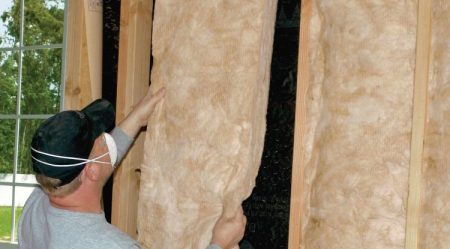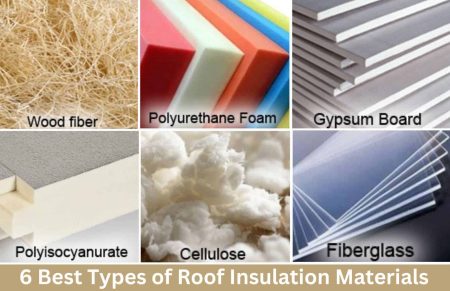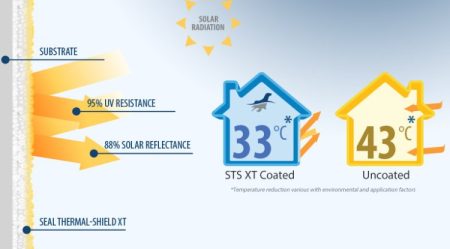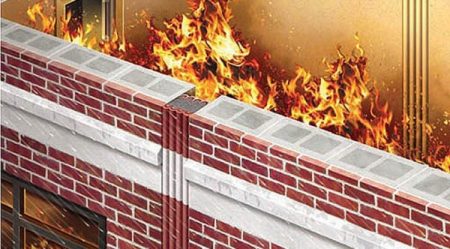The Science of Sound Insulation in Roof Systems
The ability to create a peaceful and quiet living environment is highly sought after. When it comes to sound insulation in roof systems, understanding the science behind it is essential. By delving into the principles of sound transmission and the various techniques used for soundproofing, we can achieve optimal acoustic performance in our homes. In this article, we will explore the science behind sound insulation in roof systems and discover effective strategies for creating a quieter and more comfortable living space.
The Basics of Sound Insulation
1. Understanding Sound Waves
Sound is a form of energy that travels in waves. These waves propagate through different materials, including the components of a roof system. Understanding the behavior of sound waves is crucial in designing effective sound insulation strategies.
2. Sound Transmission
Sound can be transmitted through three main mechanisms: airborne transmission, impact transmission, and flanking transmission. Airborne transmission occurs when sound waves travel through the air, while impact transmission happens when vibrations are directly transmitted through a solid structure. Flanking transmission refers to sound waves that bypass the primary barrier and propagate through alternate paths.
3. Soundproofing Principles
To achieve effective sound insulation, several principles come into play. These include mass, damping, and decoupling. Mass refers to the use of dense materials to impede sound transmission. Damping involves the use of materials that can absorb sound energy, reducing its intensity. Decoupling refers to creating separation between different components of the roof system to minimize sound transmission.
Techniques for Sound Insulation
1. Insulation Materials
Insulation materials play a significant role in soundproofing roof systems. Materials such as fiberglass, cellulose, or mineral wool can effectively absorb sound waves, reducing their transmission. These materials can be installed within the roof structure or as part of the ceiling to enhance sound insulation.
2. Soundproofing Membranes
Soundproofing membranes are thin layers applied to surfaces to block sound transmission. They are designed to reflect or absorb sound waves, reducing their impact. These membranes can be installed between roof layers or beneath the final roofing material.
3. Resilient Channels
Resilient channels are metal or wood strips attached to the roof structure. They help decouple the ceiling from the roof, preventing vibrations from transmitting through the structure. This technique can effectively reduce impact and airborne sound transmission.
4. Acoustic Sealants and Caulking
Proper sealing of gaps, cracks, and openings in the roof structure is crucial for sound insulation. Acoustic sealants and caulking materials can be used to seal joints, ensuring airtightness and preventing sound leakage.
5. Double-Glazed Windows
Windows can be a significant source of noise transmission. Installing double-glazed windows with an insulating layer between the panes can significantly reduce sound transmission, creating a quieter indoor environment.
Frequently Asked Questions
Q1: Can sound insulation in roof systems eliminate all noise? A1: While sound insulation techniques can greatly reduce noise transmission, it may not eliminate all sounds completely. However, with proper design and implementation, significant noise reduction can be achieved, creating a more peaceful living space.
Q2: What is the impact of sound insulation on energy efficiency? A2: Sound insulation measures, such as the use of insulation materials, can also contribute to improving energy efficiency. They provide thermal insulation and can help reduce heating and cooling costs.
Q3: Is it necessary to hire professionals for sound insulation installation? A3: While some sound insulation techniques can be DIY projects, consulting professionals can ensure proper installation and optimal results. They can assess your specific needs and recommend the most suitable strategies for your roof system.
Q4: How long does sound insulation in roof systems last? A4: The durability of sound insulation measures depends on the materials used and the quality of installation. With proper maintenance, sound insulation can last for many years, providing long-term benefits.
Q5: Can sound insulation also improve indoor acoustics? A5: Yes, sound insulation measures can help improve indoor acoustics by reducing echo, reverberation, and unwanted reflections. This can enhance the overall sound quality within a space.
In conclusion, understanding the science of sound insulation in roof systems is crucial for creating a quiet and comfortable living environment. By implementing effective techniques such as insulation materials, soundproofing membranes, and resilient channels, we can significantly reduce noise transmission. Remember, a well-insulated roof system not only enhances peace and tranquility but also contributes to energy efficiency and overall well-being.





